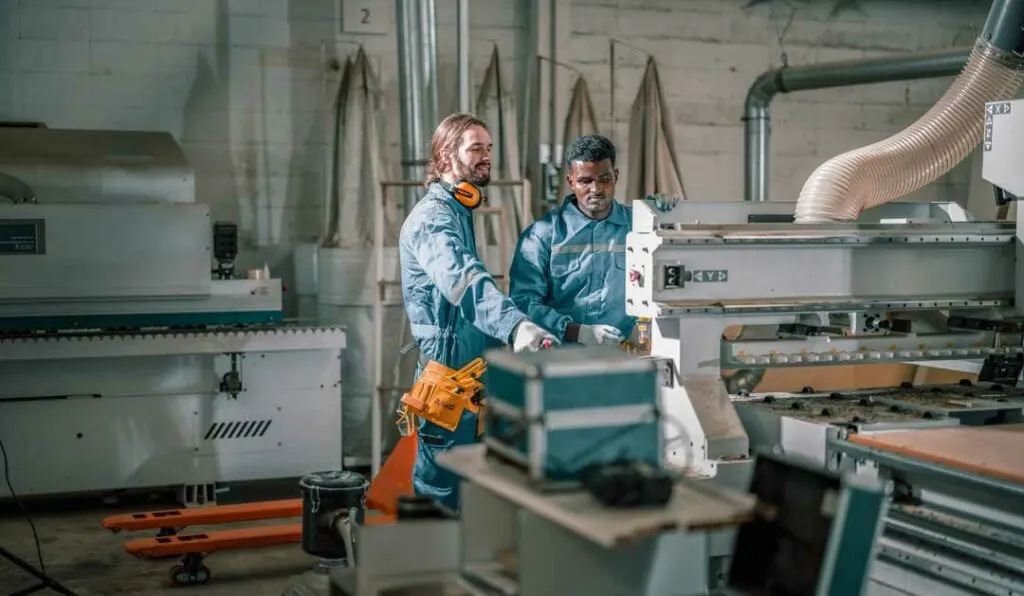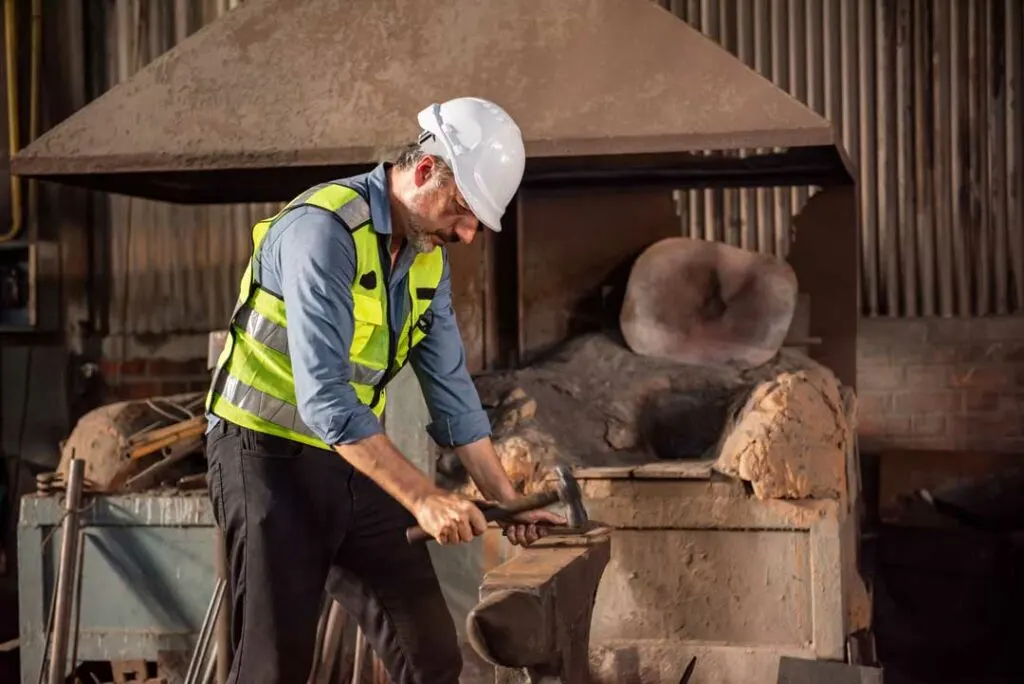Workplace amputations are devastating workplace amputations that can change lives instantly. Understanding their causes is essential for prevention.
Workplace amputations pose severe risks to employees across various industries. Workplace amputations often result from factors like workplace amputation causes and defective machinery. High-risk environments such as manufacturing and construction see these injuries more frequently.
Preventing workplace amputations requires implementing robust workplace safety measures and comprehensive training. By addressing amputation injuries workplace, employers can create safer workspaces and protect their workforce effectively.
Workplace Amputations: Common Causes and Prevention Tips

Workplace amputations are among the most devastating and debilitating injuries, leaving workers with long-lasting emotional, physical, and financial impacts. While these types of injuries can happen in a variety of different industries, they are particularly common in high-risk environments such as manufacturing, construction, and warehousing.
Oftentimes, these amputation accidents are preventable with the right safety measures, training, and equipment. In this article, we will discuss some of the most common causes of workplace amputations and how they can be prevented.
Human Error

One major contributor to workplace amputations is human error. Given the fast-paced and high-pressure environments in which these accidents typically occur, employees may inadvertently make mistakes due to factors such as stress, distraction, or fatigue.
Even a momentary lapse in focus can have catastrophic consequences that lead to life-altering injuries and sometimes even death. Therefore, it is important that employers foster a culture that prioritizes safety over speed, as well as the mental health of employees. This includes encouraging regular breaks, setting realistic workloads, and providing stress management resources.
Inadequate Training
Another factor that frequently contributes to amputations in the workplace is inadequate training. When employees are not properly trained to handle heavy machinery or work in high-risk environments, the risk of severe accidents increases significantly.
Without sufficient and thorough instructions, workers may not be aware of proper procedures or be experienced enough to handle unexpected situations. Therefore, employers must invest in comprehensive training programs that equip their employees with the tools, knowledge, and resources to safely perform the duties of their job.
Defective Machinery
Defective or poorly maintained machinery also plays a significant role in workplace amputations. Equipment that malfunctions unexpectedly, due to either a design flaw or lack of maintenance, can cause accidents in an instant.

Defective components, such as worn-out belts, cracked gears, or faulty sensors, may result in the machinery operating unexpectedly or failing to stop when needed. To prevent tragic accidents like these from occurring, employers should prioritize regular inspection, maintenance, and repair schedules.
Improper Lockout/Tagout
Lockout/Tagout (LOTO) procedures are also vital in the workplace to safeguard employees from potentially hazardous energy releases. Doing so ensures that machinery is properly shut off and unable to start up unexpectedly during maintenance or repair work.
When these procedures are either ignored or incorrectly followed, the risk of amputation injuries greatly increases. Therefore, employers should make sure that they train their workers on the proper LOTO procedures to ensure these critical safety measures are consistently implemented.
Recovering Compensation

If you have suffered an amputation as a result of a workplace injury, you may be entitled to compensation, either through a workers’ compensation claim or a personal injury claim. You may be able to recover damages for expenses such as medical costs, lost wages, or rehabilitation costs. A Los Angeles amputation attorney can help you determine whether you have a viable claim, handle negotiations, and protect your rights throughout the legal process, allowing you to focus on your journey to recovery.
Understanding Workplace Amputations: Causes and Safety Strategies
Workplace amputations are serious incidents that stem from various workplace amputations causes. Implementing proper workplace safety measures and thorough training can significantly reduce these risks. If you or a loved one has suffered a workplace amputation, seek legal assistance to recover the compensation you deserve. Prioritize safety to protect yourself and your colleagues every day.

If you or a loved one has suffered a workplace amputation, seek legal assistance to recover the compensation you deserve. Prioritize safety to protect yourself and your colleagues every day.
FAQs
Common causes include human error, inadequate training, defective machinery, and improper lockout/tagout procedures.
Implement comprehensive training, maintain machinery regularly, enforce safety protocols, and use proper protective equipment.
Seek immediate medical attention and contact a qualified attorney to explore your compensation options through workers’ compensation or personal injury claims.
Proper training ensures employees know how to operate machinery safely and follow protocols, reducing the risk of accidents.
Yes, malfunctioning or poorly maintained machinery can unexpectedly operate or fail to stop, causing severe injuries like amputations.
Disclaimer:
I am not an attorney. I am a former personal injury and civil paralegal with a master’s degree in legal studies. This information is not legal advice. Always consult a qualified attorney for legal matters.

Jessi is the creative mind behind The Coffee Mom, a popular blog that combines parenting advice, travel tips, and a love for all things Disney. As a trusted Disney influencer and passionate storyteller, Jessi’s authentic insights and relatable content resonate with readers worldwide.
